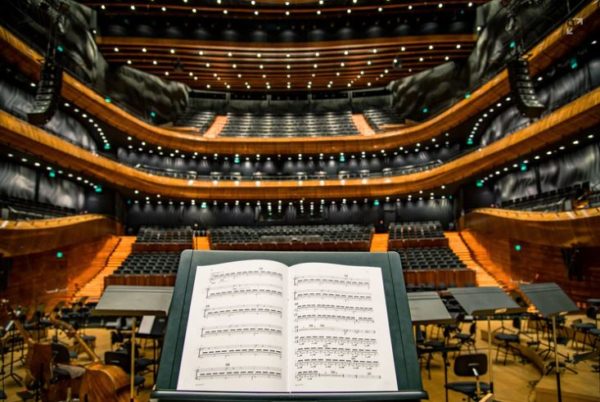In a series of articles we will discover what is the origin of the concerto as musical genre. What does it mean and how Beethoven worked in this art form? What is tutti, what is solo? Why concerto was the show of real Masters? Let’s find out!
The first form of a concerto music has origins in the early 1500s. The word is coming from Latin and it has two exclusive meanings. One is agreement (concord), the other is competing. The balance of the two gives the true soul of this genre. The form of having a solo and responding choral has even longer history. We can find it in ancient Hebrew psalms, early church music, but in pagan African rituals, as well. Concerto today is the perfect mixture of a solo instrument and an orchestra, having cooperation, opposition and independent parts.
For Beethoven concerto was a vehicle to shine his piano play for his audience. His first concertos were written in his teenage years and his last in his mid-thirties. It was his deteriorating hearing that finally made him say goodby to this genre. It was his Fifth concerto, the Emperor concerto in 1811, where for the first time not the composer played the solo part (it was Archduke Rudolph). Eventually, this was his last complete work in this musical form. Much later in 1815 he dedicated some time to write one more concerto, but did not finish even the first movement.
The personal participation in the solo part was the main attraction here. This music was alive and he purposefully prolonged the finalization. Sonatas and symphonies were meant to be published soon, but concertos were subject to variation, to change according to the improvisational drive and creativity felt at a given performance. Such examples are the Second concerto and the Third concerto for which pieces the orchestra had exact scripts, but the piano part was not completed.
|Related: The role of the soloist in a keyboard concerto
Once a music was published, Beethoven felt the time for improvisations is over. As far as we know today, it happened only once that he played a published concerto. It was in 1808 and the piece was the Fourth Concerto (published the previous summer).
Continue reading the next article: The concerto – part II.







